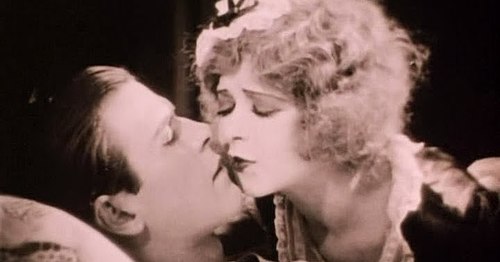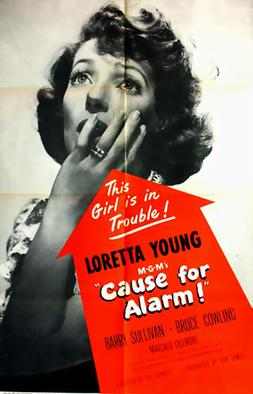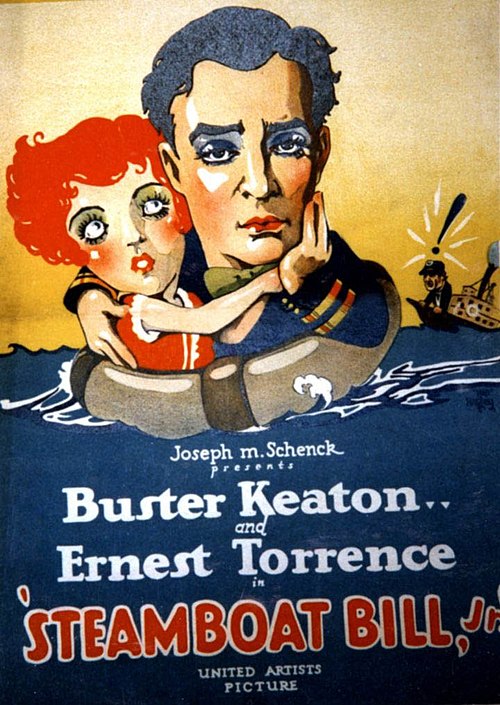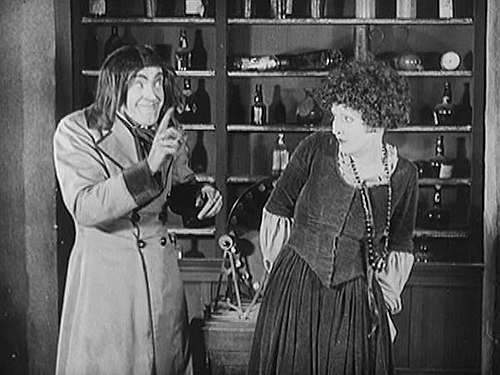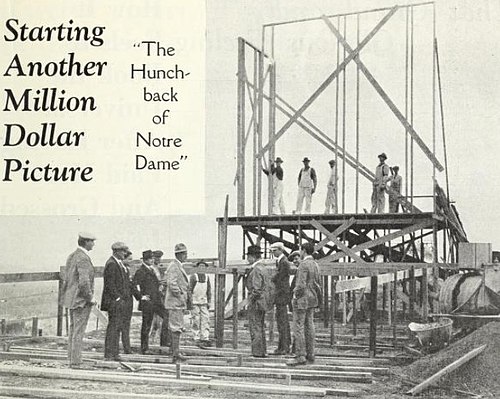Advertisement
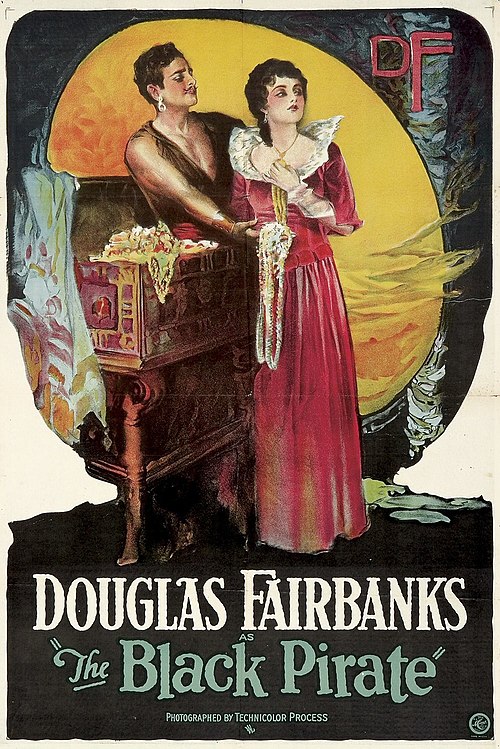
Image source: Wikimedia Foundation (wikimedia.org)
Download Movie [Video Format: MP4]
Movie Source: Internet Archive (archive.org)
Advertisement
Advertisement
The Black Pirate
1926
A nobleman vows to avenge the death of his father at the hands of pirates. To this end he infiltrates the pirate band. Acting in character he is instrumental in the capture of a ship, but things are complicated when he finds that there is a young woman on board whom he wishes to protect from the threat of a fate worse than death. http://www.imdb.com/title/tt0016654/
The Black Pirate is a 1926 silent film adventure film shot entirely in two-strip Technicolor about an adventurer and a "company" of pirates. It stars Douglas Fairbanks, Donald Crisp, Sam De Grasse, and Billie Dove.
Plot
The film begins with the looting of a ship already captured and badly mauled, by the pirates. After relieving the ship and crew of valuables, the pirates fire the ship, blowing up the gunpowder on board, sinking her.Cast
- Douglas Fairbanks as The Duke of Arnoldo/The Black Pirate
- Billie Dove as Princess Isobel
- Anders Randolf as Pirate Captain
- Donald Crisp as MacTavish
- Tempe Pigott as Duenna
- Sam De Grasse as Pirate Lieutenant
- Charles Stevens (actor) as Powder Man
- Charles Belcher (actor) as Chief passenger (Nobleman)
- E. J. Ratcliffe as the Governor
Production notes
Donald Crisp (MacTavish) had directed Fairbanks' Don Q, Son of Zorro (1925) in addition to playing the villain in that film. Crisp, who had been in films for over a decade at this point, was also a major director of silent films. He continued as a character actor for another forty years, winning the Academy Award for Best Supporting Actor in 1942 (How Green Was My Valley (film)).The script was adapted by Jack Cunningham (screenwriter) from a story by Fairbanks, who used his middle names "Elton Thomas" as a pseudonym. The film was directed by Albert Parker (director) and has been selected for preservation in the United States National Film Registry.
Technicolor
The Black Pirate was the third feature to be filmed in an early two-tone Technicolor process that had been first introduced in the 1922 feature Toll of the Sea. This reproduces a limited but pleasing range of colors. Ben-Hur (1925 film)— filmed around the same time — contains two-tone sequences but is shot primarily in black-and-white with tinting and toning in many scenes.Fairbanks spent considerable money on color tests before making Pirate. Two-tone Technicolor at that time required two strips of 35mm film to be fused together back-to-back to create the two-tone palette. Due to the added thickness of the film, and the heat of the projector, there would be so-called cupping of the film, making it difficult to keep the film in focus during projection. (Technicolor later perfected its process, so that two-color films required only a single strip of film.)
File:The Black Pirate (1926) Douglas Fairbanks and his (real life) Father..jpg
Category:1926 films
Category:1920s adventure films
Category:American silent feature films
Category:Fictional pirates
Category:Films directed by Albert Parker
Category:Pirate films
Category:Silent films in color
Category:Swashbuckler films
Category:United Artists films
Category:United States National Film Registry films
Douglas Fairbanks

